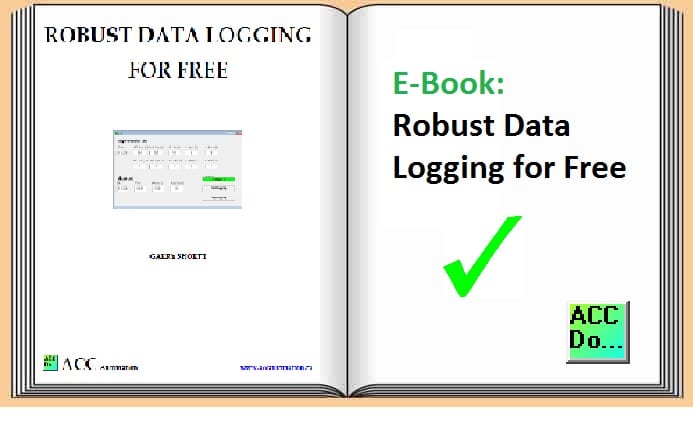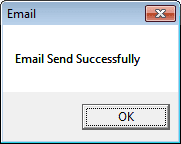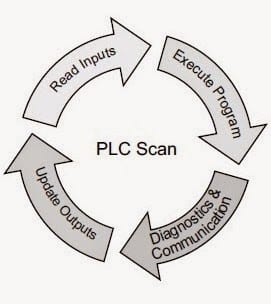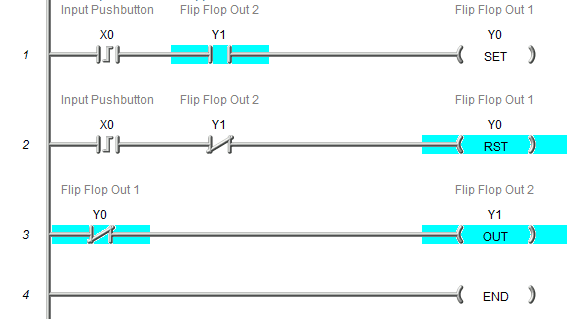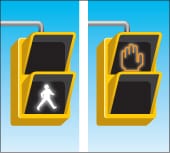PLC Program Example – Shift Register (Conveyor)
We apply the five steps of PLC development to a plc shift register example. This PLC programming example will use a shift register to reject a product on a conveyor. When programming a PLC, you need to track what has previously happened. Shift registers allow you to do just that. We will look at a … Read more




